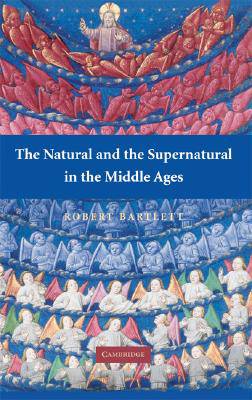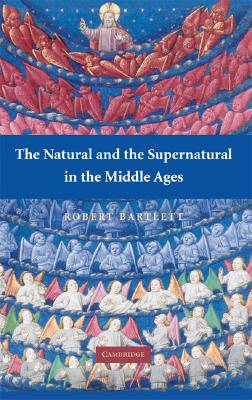
- Afhalen na 1 uur in een winkel met voorraad
- Gratis thuislevering in België vanaf € 30
- Ruim aanbod met 7 miljoen producten
- Afhalen na 1 uur in een winkel met voorraad
- Gratis thuislevering in België vanaf € 30
- Ruim aanbod met 7 miljoen producten
Zoeken
Omschrijving
How did people of the medieval period explain physical phenomena, such as eclipses or the distribution of land and water on the globe? What creatures did they think they might encounter: angels, devils, witches, dogheaded people? This fascinating book explores the ways in which medieval people categorized the world, concentrating on the division between the natural and the supernatural and showing how the idea of the supernatural came to be invented in the Middle Ages. Robert Bartlett examines how theologians and others sought to draw lines between the natural, the miraculous, the marvelous and the monstrous, and the many conceptual problems they encountered as they did so. The final chapter explores the extraordinary thought-world of Roger Bacon as a case study exemplifying these issues. By recovering the mentalities of medieval writers and thinkers the book raises the critical question of how we deal with beliefs we no longer share.
Specificaties
Betrokkenen
- Auteur(s):
- Uitgeverij:
Inhoud
- Aantal bladzijden:
- 182
- Taal:
- Engels
- Reeks:
Eigenschappen
- Productcode (EAN):
- 9780521702553
- Verschijningsdatum:
- 17/03/2008
- Uitvoering:
- Paperback
- Formaat:
- Trade paperback (VS)
- Afmetingen:
- 150 mm x 226 mm
- Gewicht:
- 294 g

Alleen bij Standaard Boekhandel
+ 72 punten op je klantenkaart van Standaard Boekhandel
Beoordelingen
We publiceren alleen reviews die voldoen aan de voorwaarden voor reviews. Bekijk onze voorwaarden voor reviews.











